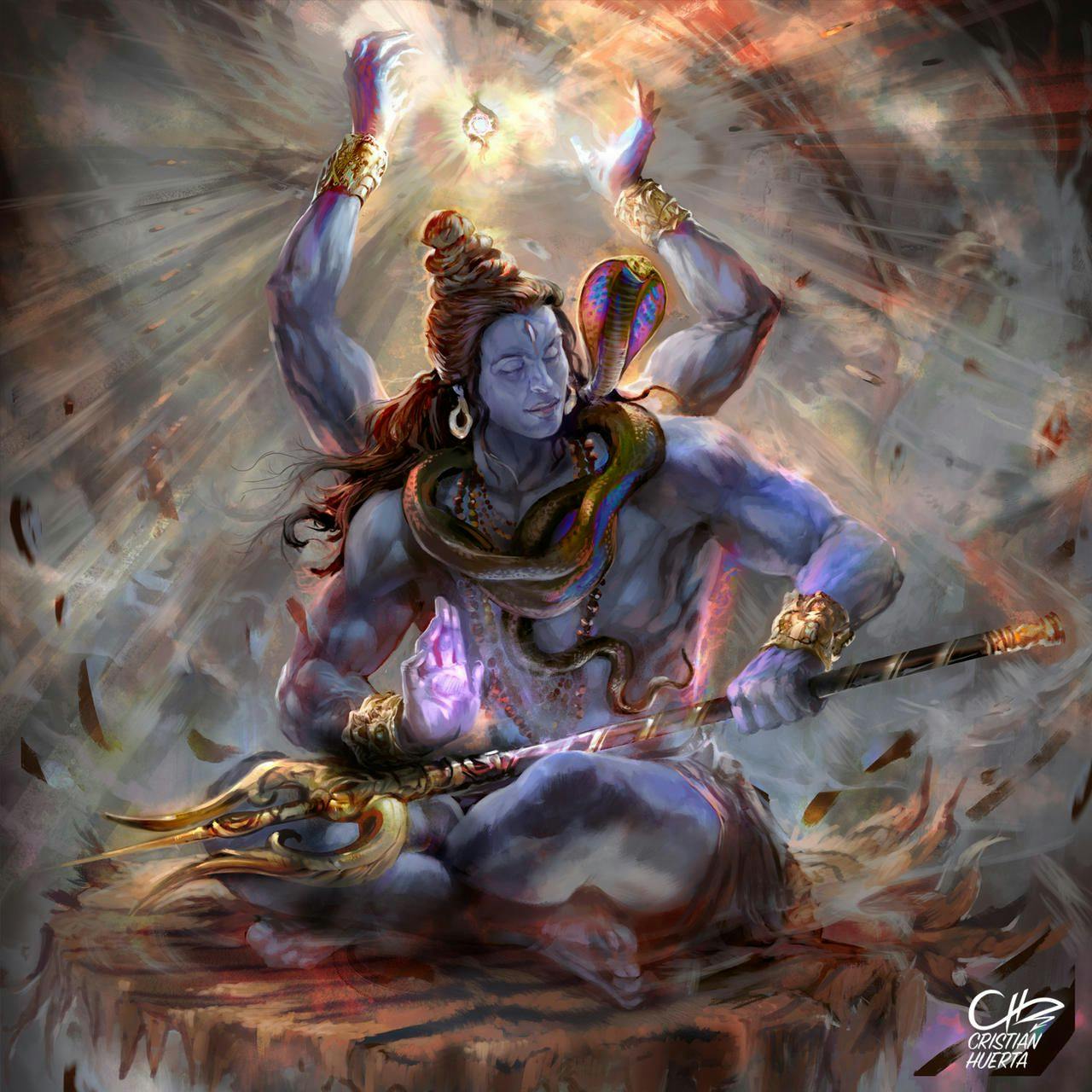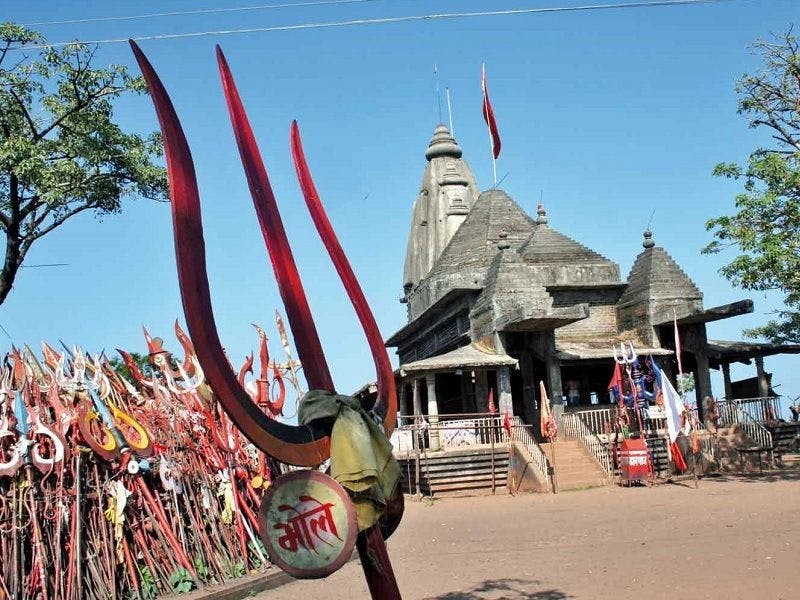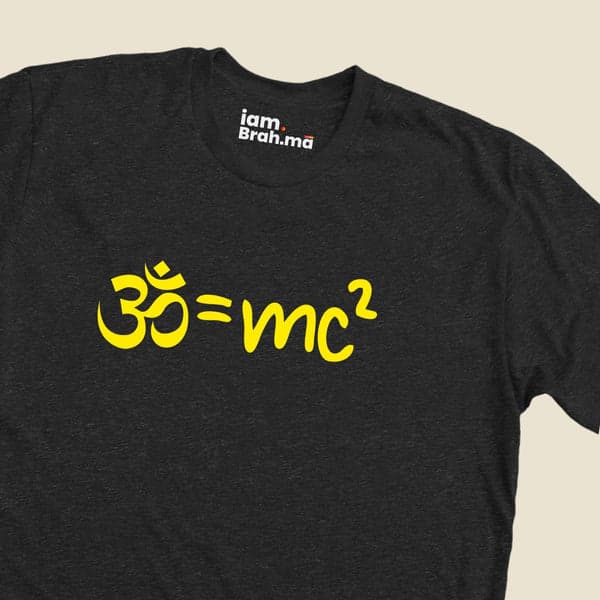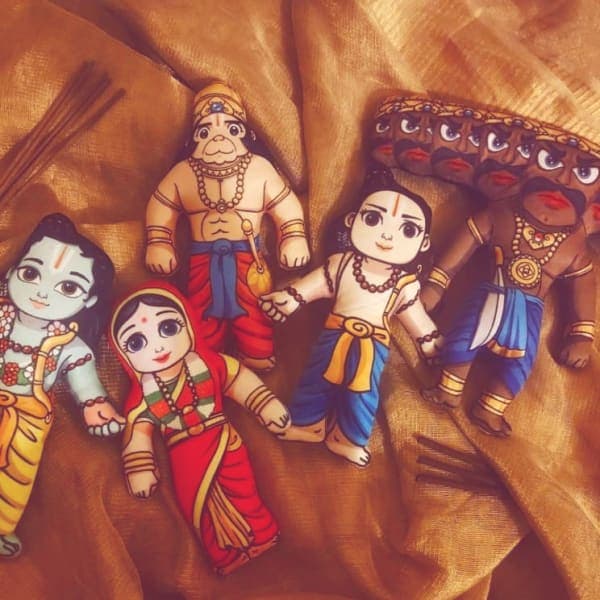Shaivism
What is Shaivism?
Shaivism or the philosophy of following Shiva has historical origins, traceable in the Vedic literature of the 2nd millennium BCE, but this is in the characteristic of the Vedic deity Rudra. The old text Shvetashvatara Upanishad dated to the late 1st millennium BCE praises names such as Rudra, Shiva and Maheshwaram, but its statement as the theistic or monistic script of Shaivism is doubted. The early centuries of the civil era are the first apparent indication of Pāśupata Shaivism. Both devotional and monistic Shaivism became prominent in the 1st millennium CE, quickly becoming the dominant religious belief of many Hindu provinces. It entered Southeast Asia immediately thereafter, steering to thousands of Shiva temples on the islands of Indonesia as well as Cambodia and Vietnam, co-developing with Buddhism in these provinces. In the modern era, Shaivism is one of the primary aspects of Hinduism. Shaivism is a major tradition within Hinduism that focuses on the worship of Lord Shiva as the supreme deity. Over the centuries, various ideologies and schools of thought have emerged within Shaivism, each with its own unique interpretations and practices. Here are some of the main ideologies of Shaivism:
Different types of Shaivism
Pashupata Shaivism
This is an ancient school of Shaivism that emphasizes the worship of Lord Shiva as the ultimate deity.
Shaiva Siddhanta
This form of Shaivism that emerged in Tamil Nadu,and emphasizes the worship of Lord Shiva in the form of Nataraja
ComponentContentVideos
ComponentContentVideos
What is the Shiva-The Ultimate Reality?

Shiva is one of the principal deities in Hinduism and is often referred to as the "destroyer" or "transformer" in the Hindu Trinity, which also includes Brahma, the creator, and Vishnu, the preserver. In Hindu philosophy, Shiva is considered to be the ultimate reality or the Absolute, which transcends all dualities and is the source of all creation and destruction.
According to Hinduism, the universe is cyclically created, sustained, and destroyed by the Trimurti, the three aspects of the Supreme Being. Shiva, as the destroyer or transformer, is responsible for dissolving the universe and preparing it for the next cycle of creation. This process of dissolution is seen as necessary to bring about renewal and change, allowing for new growth and evolution.
In this way, Shiva represents the ultimate reality that underlies all of creation, beyond the dualities of good and evil, life and death, and existence and non-existence. The ultimate goal of many Hindu practitioners is to attain a state of consciousness that is in harmony with this ultimate reality, known as moksha or liberation.
Shaivism and Meditation
In the Shiva theology, meditation is considered to be a powerful tool for spiritual growth and self-realization. Shiva is often portrayed as the Lord of Meditation and is considered to be the patron deity of yogis and ascetics.
Shiva and the Guru
The role of a guru is also very important in Hinduism, as the guru is considered to be a teacher or guide who helps individuals on their spiritual journey. In the case of Shiva, he is often depicted as the ultimate guru who teaches his disciples the path to enlightenment and liberation.
- Swami Shankarananda
...









